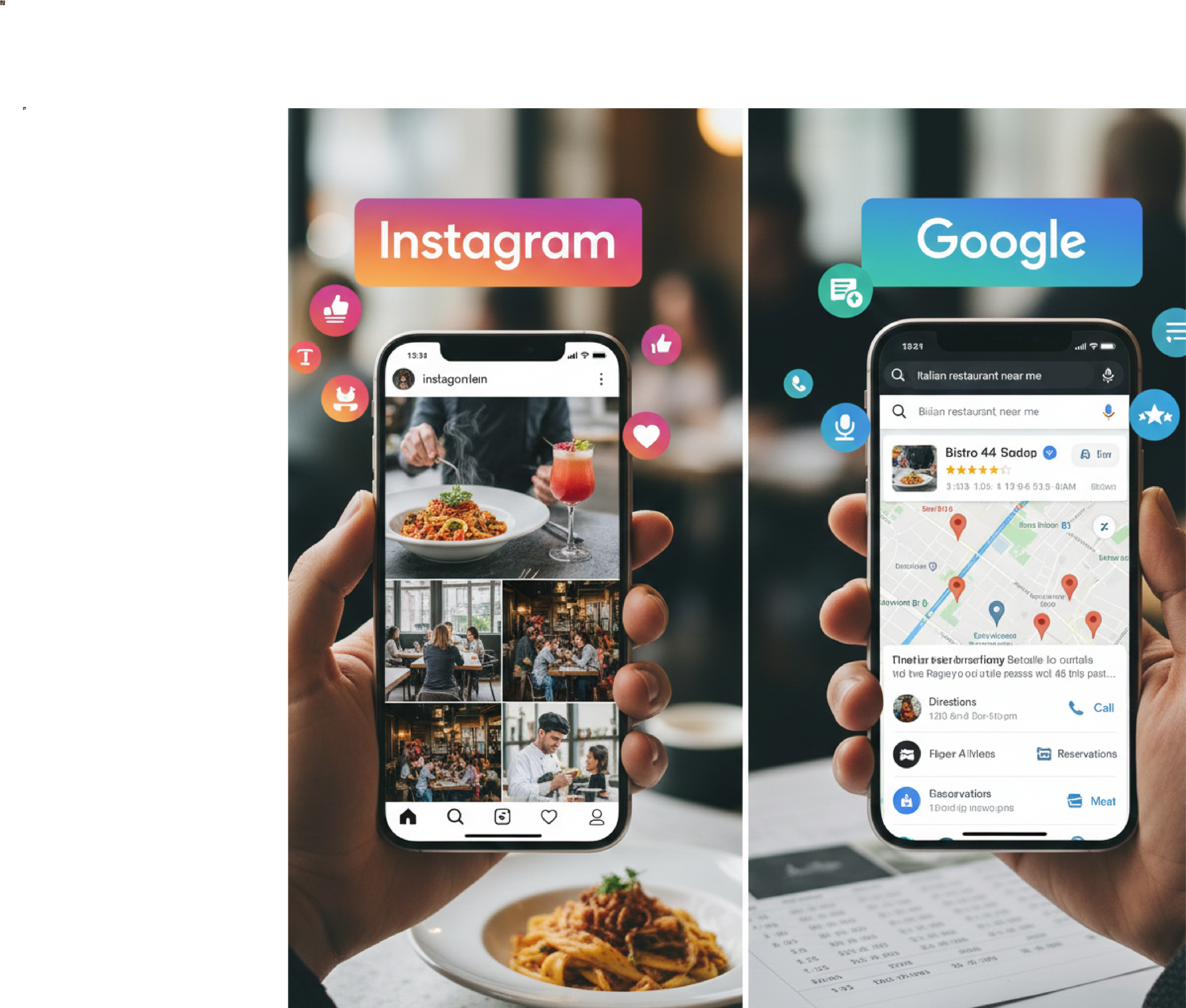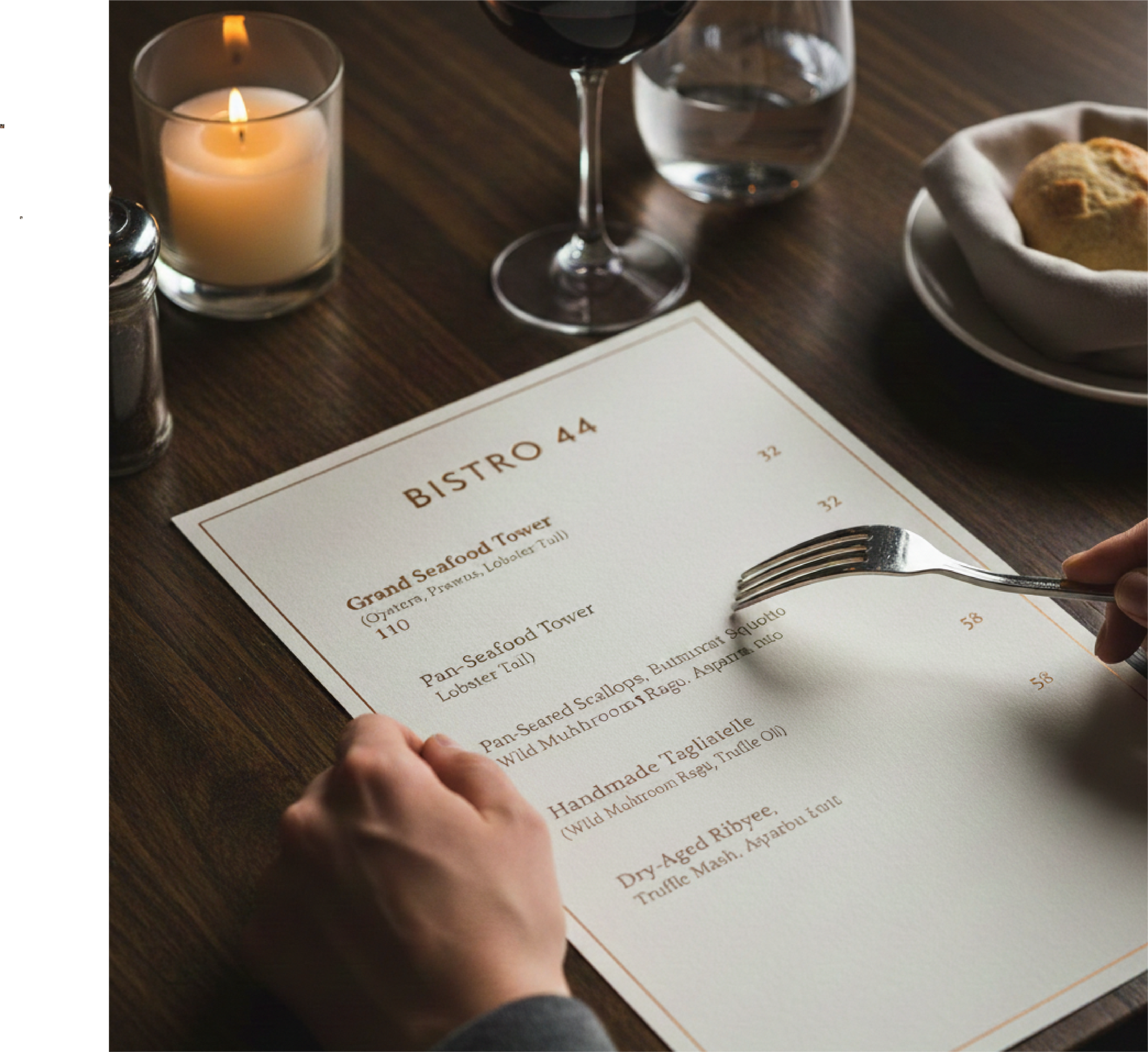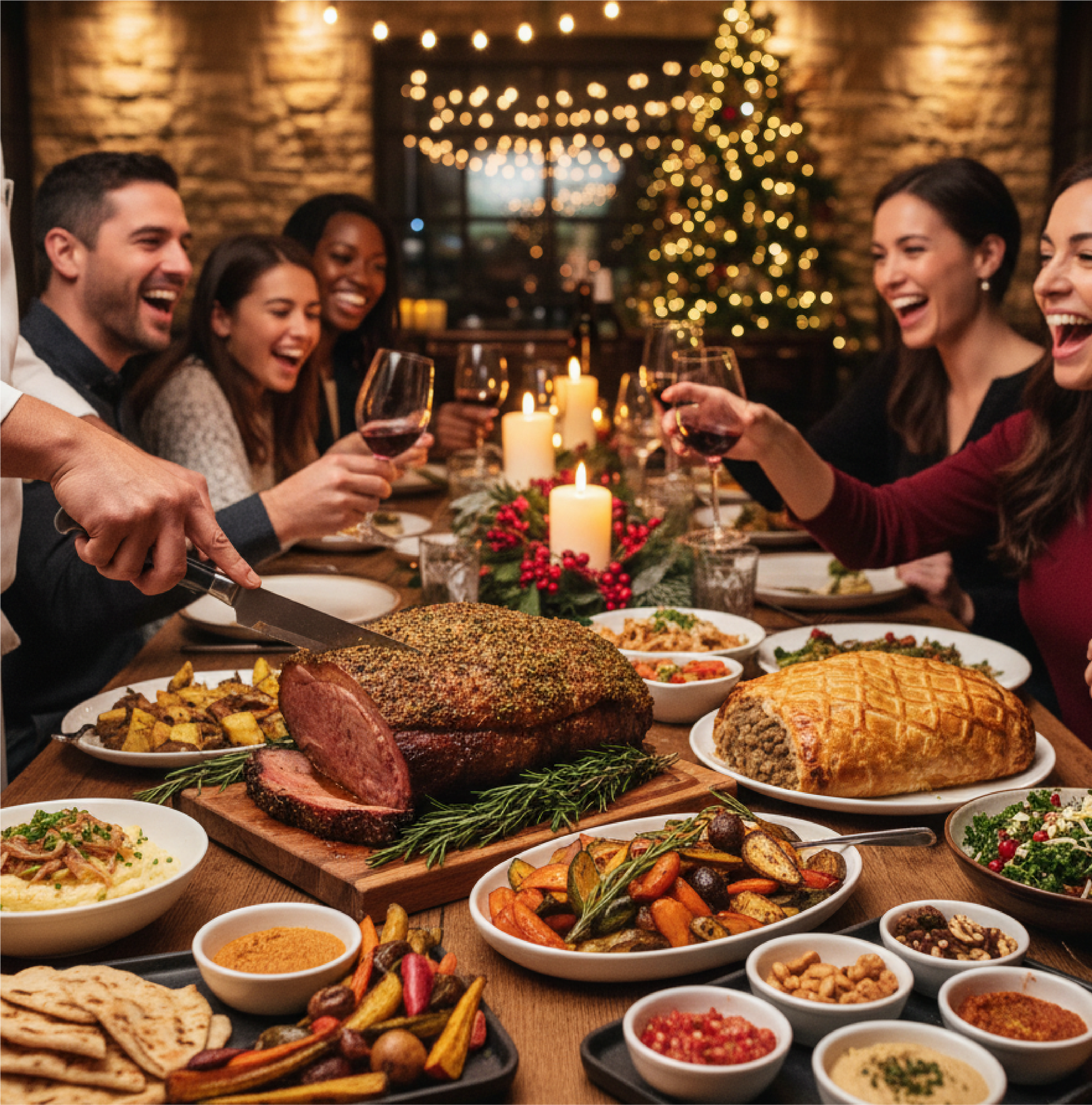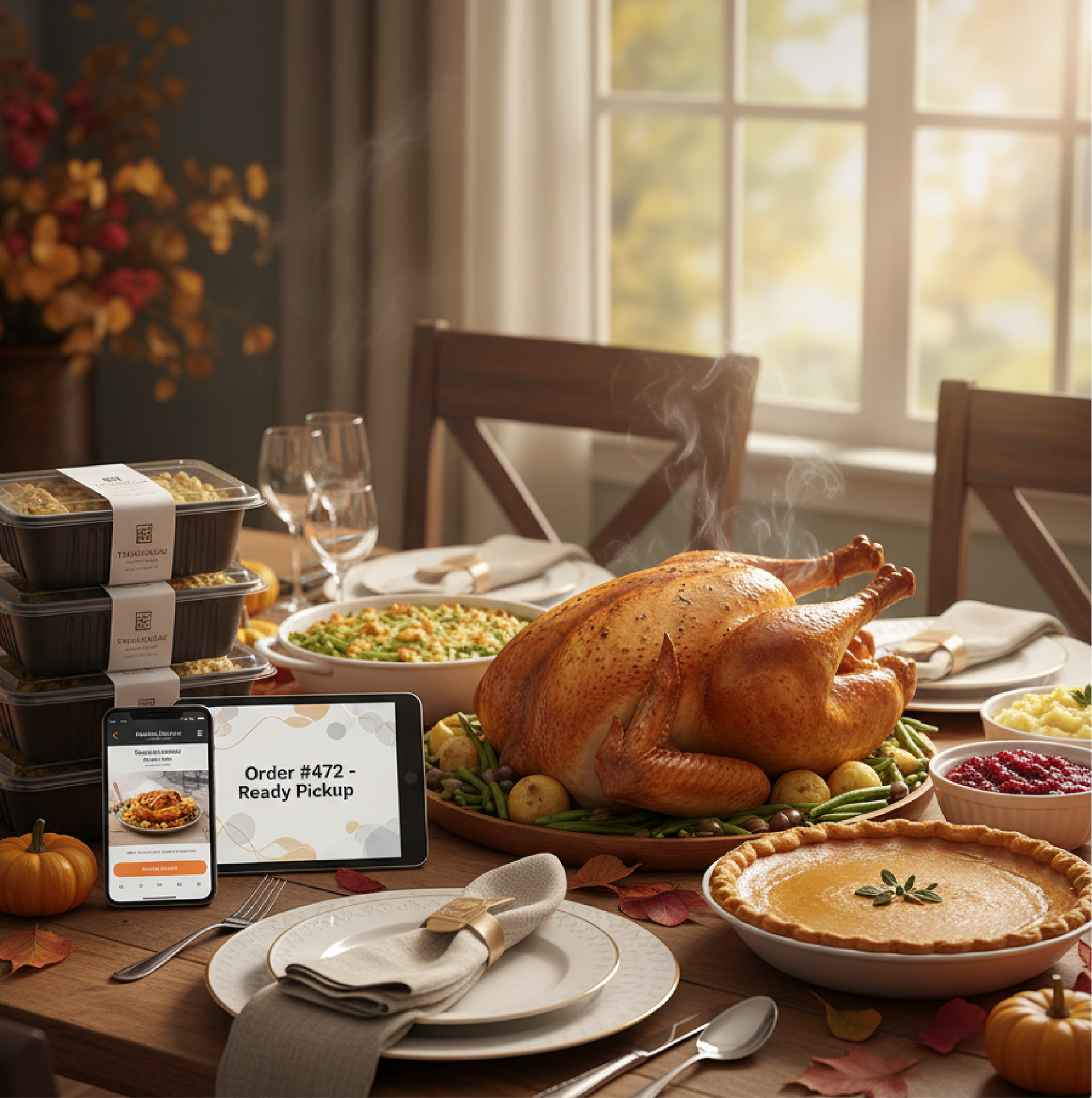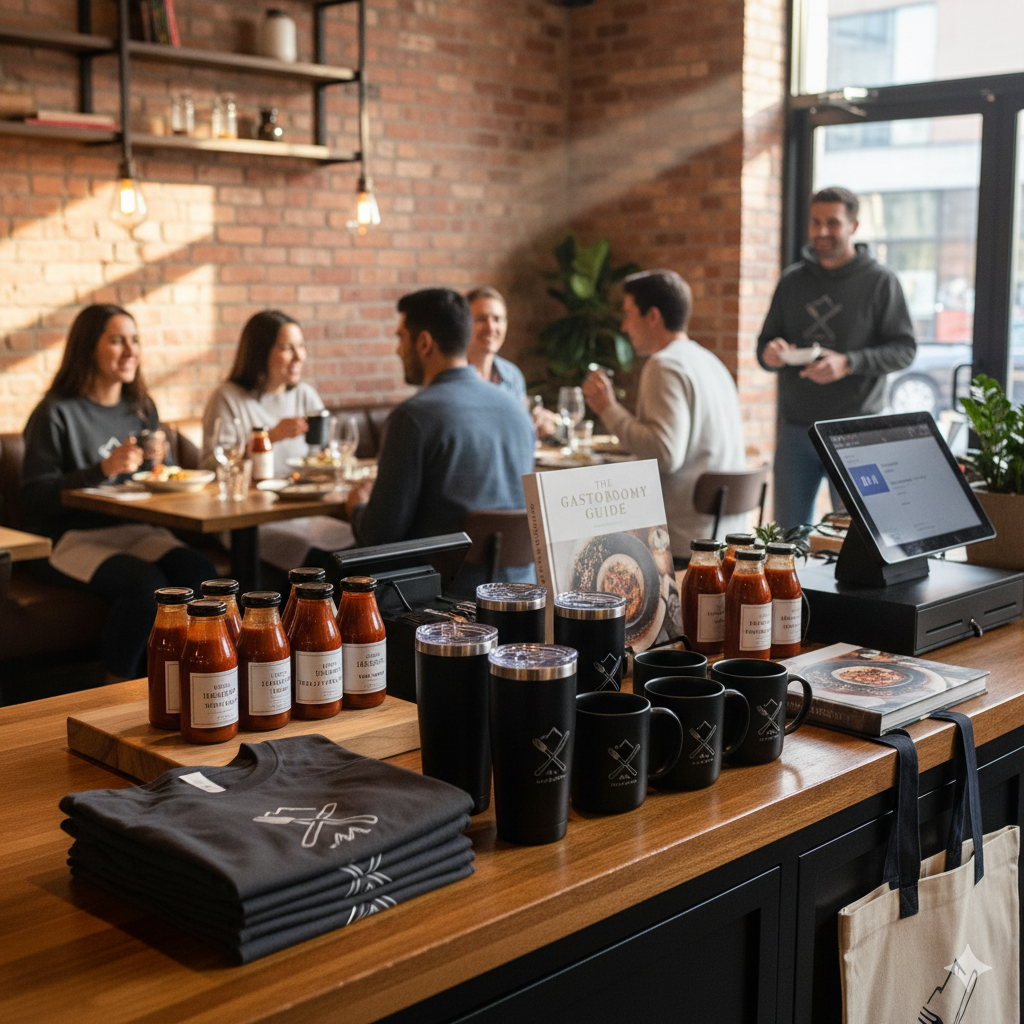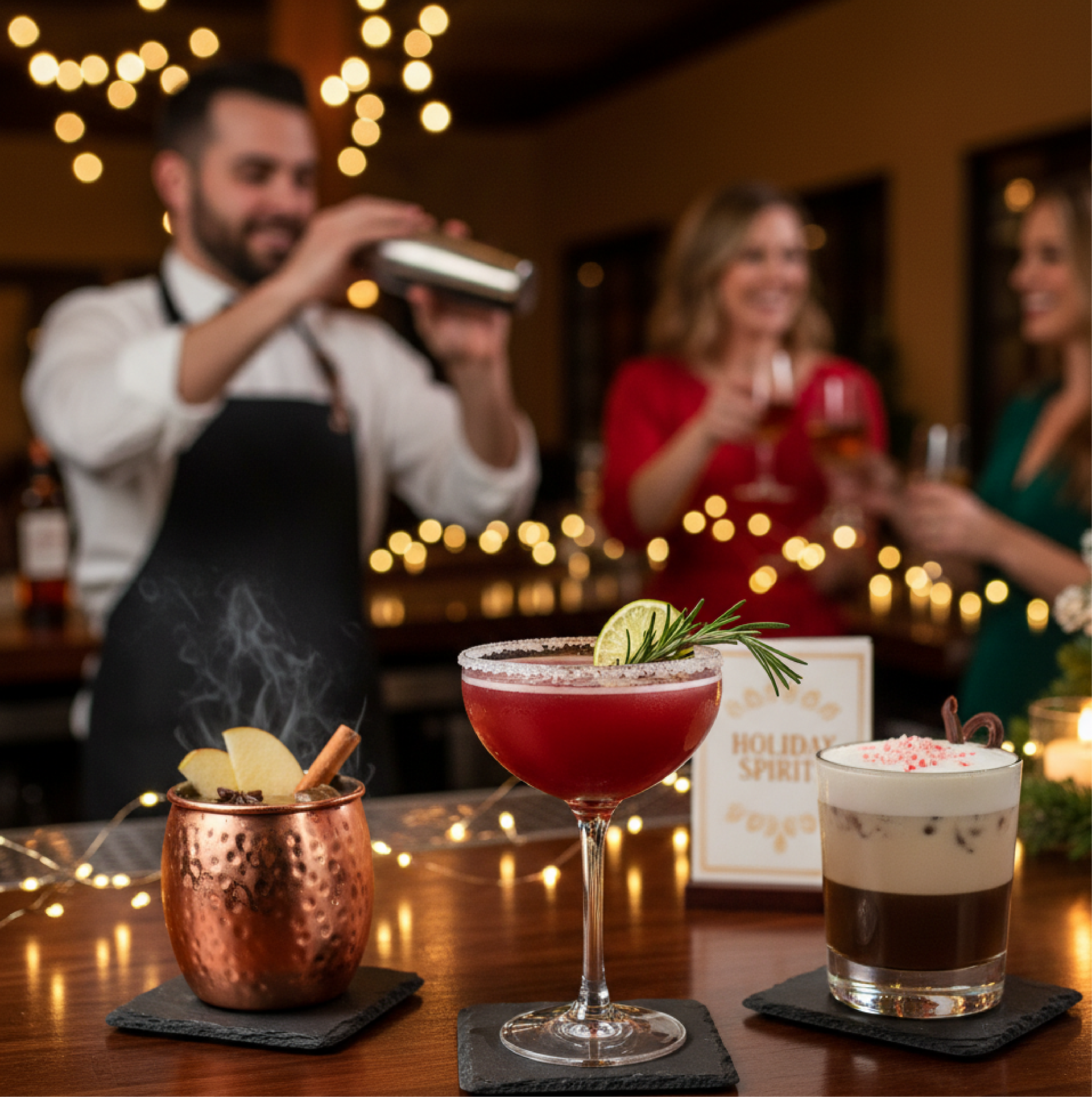Blog
Restaurants and TikTok
Restaurants are Building their Popularity Through TikTok

Social media allows real-time reaction and feedback from customers. A majority of U.S. consumers use social media to search for new businesses, discover new people, and to post their thoughts on a company.1
Restaurant business owners know how important social media is, which is why many are promoting their businesses through Instagram and Facebook. However, they should also look towards building their presence on an app called, TikTok.
Many restaurants around the United States have drastically increased in popularity, some are even willing to travel to these restaurants. A restaurant in Denver, Colorado has increased in popularity due to one TikTok posted by a customer.2
The video was only one minute long without any narration. However, this was all the people needed – good visuals and a trending song will have people wanting to try out your restaurant.
What is TikTok?
TikTok is a short-film video app in which users are able to create 15-second and 60-second videos. Recently, the developers have also added a 3-minute recording feature as well.
Since TikTok’s launch in October of 2018, the app’s popularity has been growing tremendously with more than over 732 million monthly active users, as reported in 2020. The app is expected to grow more this year with the estimate of over 1.2 billion users.3 Videos posted on the app can easily go viral through the “For You” page.
What is the “For You” page?
The “For You” page, is the first page users land on when opening the app. The “For You” page shows users videos that the app thinks the users may enjoy. This is based on the videos they have saved, liked, commented on, or watched repeatedly.
The use of hashtags to gain visibility is key. On TikTok, millions of users use hashtags to get featured onto the popular “For You” page every day. TikTok firsts suggest the most viral trending hashtags as a suggestion before you type in your own.4
Gen-Z users on TikTok
Restaurants need to be aware that the audience on TikTok is very different from their audience on Instagram and Facebook. The majority of Gen-X are on Facebook, and Millennials are mostly on Instagram, slowly moving towards Facebook. The majority of TikTok’s users are Gen-Z.
Those born in Gen-Z are more culturally, racially, and ethnically diverse.5 They are branching out of their comfort zones to do something they wouldn’t normally do or try a food item from a culture they want to learn more about.
Because they are a more diverse generation, Gen-Z are less forgiving than the other generations before them. They are more open-minded and are more cautious of what they say and do on social media. They do not tolerate ignorant or insensitive comments.
If someone, or a business, does something that is out of their general moral compass, they will be quick to “cancel” them.
Marketing towards Gen-Z on TikTok
Gen-Z is the largest percentage of users on TikTok. The majority of the influencers on TikTok are Gen-Z as well. Each app caters to its own set of users and Gen-Z differs greatly from previous generations.
Marketing your restaurant through TikTok is a great idea if you want to reach a large, influential generation like Gen-Z. Word on TikTok can spread like wildfire. There are many products and restaurant review TikToks that have gone viral on the app from regular consumers.
There are many food reviewers on TikTok that have helped restaurants gain popularity and recognition. Many TikTok videos made by regular consumers can get up to 500k likes and over 1M views. Getting help from these food reviewers in your restaurant’s area is crucial to the success of your business and it helps you gain a new target market as well.
However, with Gen-Z, you must be able to capture their attention and make it interesting enough for them to stay and watch your videos. According to Stacy Wood, a Langdon Distinguished Professor of Marketing, at North Carolina State University, she states that there are four trends in which define Gen-Z as consumers.
The first trend is that Gen-Z consumers prefer to focus on innovation. Second, they like convenience. Third, they have an underlying desire for security. Lastly, they tend to go towards escapism.6
How to market your restaurant through TikTok
Getting your video on the “For You” page should be what you should focus on when making TikToks for your restaurants. How do you get to the “For You” page? Below are the ways in which you can successfully market your restaurant on TikTok and make it on the “For You” page.
Users on TikTok want to see what’s trending. A trending dance video or talking about a trending topic will intrigue them.
Make the first 5-seconds of your TikTok eye-catching. Users on TikTok usually have short attention spans and are mostly impatient. When you’re making your videos, get straight to the point and use colorful, bright visuals to capture their attention.
Make sure the video isn’t blurry, and if you aren’t speaking, make sure to use a popular sound that is trending on TikTok. Using trending sounds on TikTok is crucial to getting your video on the “For You” page. TikTok shows users videos on their “For You” page if the video contains a sound that was on a video they have liked, commented on, or viewed before.
TikTok users also utilize slang and jokes more often than those on Instagram or Facebook. It is an app where users are supposed to be funny and open. Let loose in your videos and make them fun to watch. However, make sure the jokes are not offensive.
Finally, the use of hashtags. As stated before, hashtags are critical to helping your videos go viral. The most popular hashtags users use are the ones that TikTok recommends first and then followed up by: #fyp and #foryoupage. If you want to capture those foodies, make sure you use the hashtags #foodie and #foodtiktok.
Users on TikTok are always categorizing their “For You” page. For example, there’s “straight” TikTok which means that their page is full of viral dancing videos. There’s “anime” TikTok, “alt” TikTok, “Mom” TikTok, and more. So, using hashtags for a specific category is key to getting your videos to the right people.
References
https://coschedule.com/blog/benefits-of-social-media-marketing-for-business
https://www.denverpost.com/2021/09/09/denver-domo-japanese-restaurant-viral-tiktok/
https://influencermarketinghub.com/what-is-tiktok/
https://neilpatel.com/blog/tiktok-fyp/
https://www.pewresearch.org/social-trends/2020/05/14/on-the-cusp-of-adulthood-and-facing-an-uncertai...
https://iei.ncsu.edu/wp-content/uploads/2013/01/GenZConsumers.pdf
